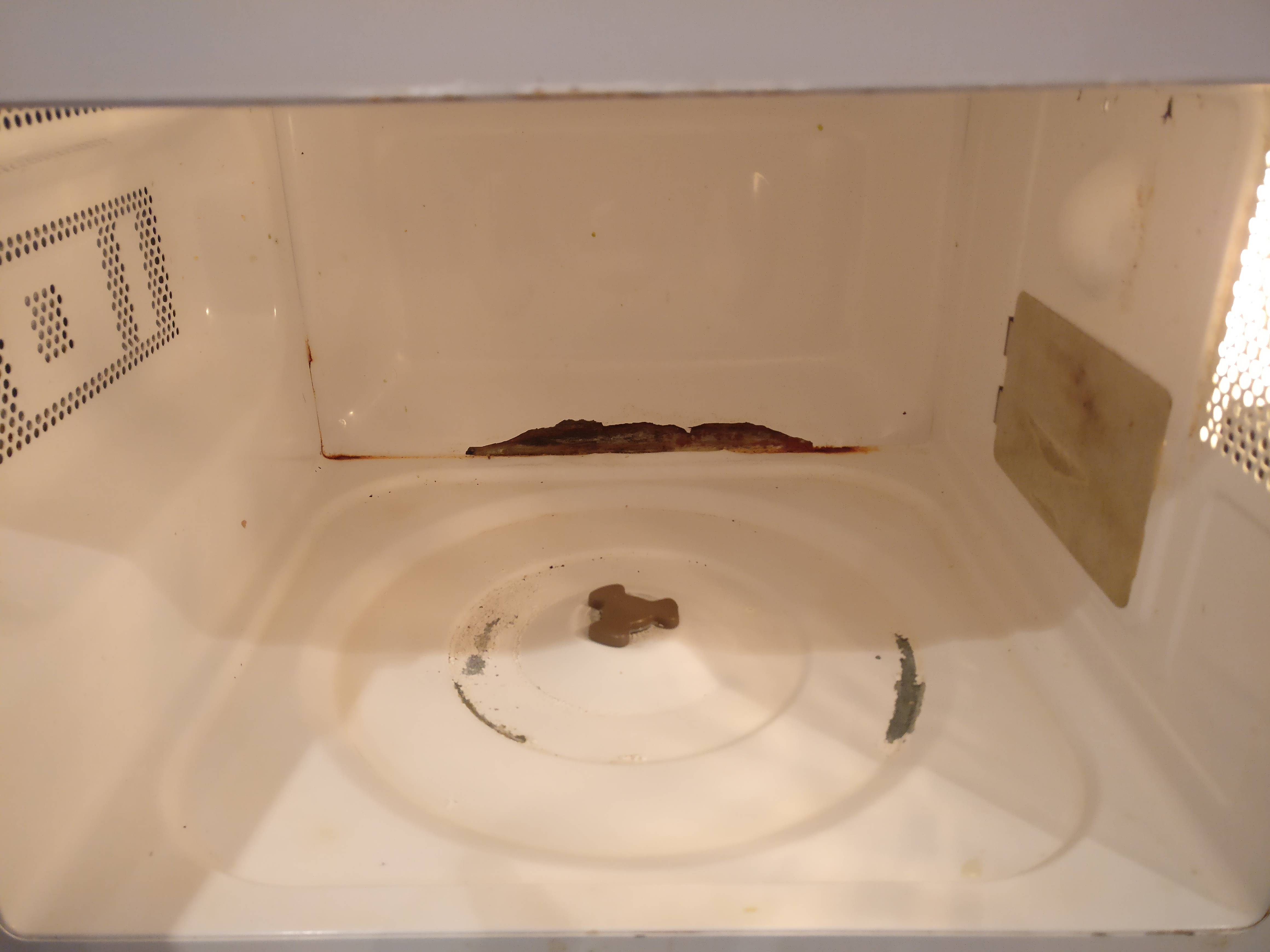The microwave oven is a ubiquitous appliance in many households, providing a quick and convenient way to heat or cook food. However, over time, wear and tear can lead to the development of rust inside the microwave. This raises an important question: is it safe to use a microwave with rust inside? In this article, we’ll explore the risks associated with rust in microwaves and discuss possible solutions.
The Dangers of Rust in a Microwave
- Arcing and Fire Hazard: One of the primary concerns with a rusty interior is the potential for arcing. Rust can create irregular surfaces inside the microwave, causing sparks during operation. These sparks pose a fire hazard, as they can ignite flammable materials or even damage the microwave itself.
- Contamination of Food: Rust is not only unsightly; it can also contaminate food. As the rust deteriorates, particles may flake off and mix with the food being heated. Consuming rust-contaminated food is not only unappetizing but can also be harmful to your health.
- Reduced Efficiency: Rust can interfere with the efficiency of the microwave’s performance. It may obstruct the microwave’s ability to distribute heat evenly, leading to unevenly cooked or heated food. This not only affects the quality of your meals but also increases the risk of undercooked or overcooked portions.
Addressing the Issue
- Inspect the Microwave: Start by visually inspecting the interior of your microwave. Look for signs of rust, such as reddish-brown spots or flaking. Pay close attention to the areas around the door seal and any other crevices where rust may develop.
- Assess the Extent of Rust: If you find rust, assess its extent. Minor surface rust may be less of a concern, but deeper rust or areas where the metal is compromised warrant more attention.
- Consider the Microwave’s Age: The age of the microwave plays a role in determining whether it’s worth addressing the rust issue. If your microwave is old and already showing signs of wear, investing in a new one might be a more practical solution.
- Use Microwave-Safe Coatings: Some microwave-safe coatings are available that can be applied to the interior of the microwave to prevent or inhibit rust. These coatings act as a protective barrier and are designed to withstand the heat generated during microwave operation.
- Consult a Professional: If the rust is extensive or if you are unsure about the safety of your microwave, consult a professional technician. They can assess the condition of the appliance, provide advice on whether it can be repaired, or recommend a replacement if necessary.
Preventive Measures
- Practice Proper Microwave Use: To minimize the risk of rust, practice proper microwave use. Avoid using metal containers or utensils, as they can cause scratches that may lead to rust formation.
- Clean Regularly: Keep your microwave clean by wiping down the interior after each use. Spills and splatters can contribute to rust development, especially in areas where food particles accumulate.
- Address Rust Promptly: If you notice any signs of rust, address the issue promptly. The earlier you catch and deal with rust, the less likely it is to compromise the structural integrity of the microwave.
Using a microwave with rust inside poses potential risks to both your safety and the quality of your food. While minor surface rust may be manageable with proper attention and coatings, extensive rust or compromised structural integrity may necessitate replacing the microwave. Regular inspection, maintenance, and addressing rust issues promptly can help ensure the safe and efficient operation of your microwave. If in doubt, seek professional advice to determine the best course of action for your specific situation.

